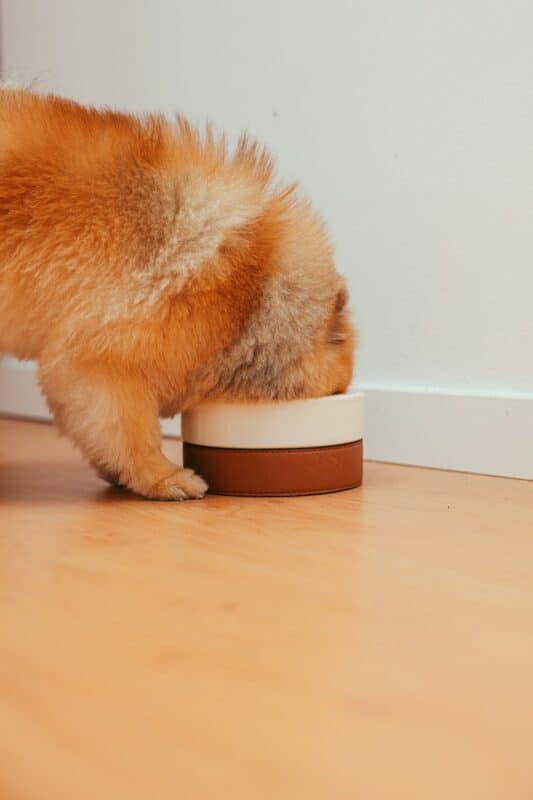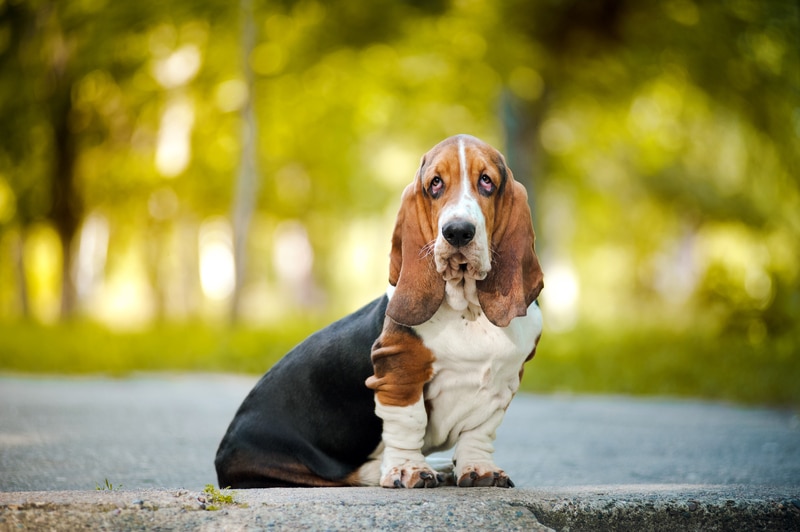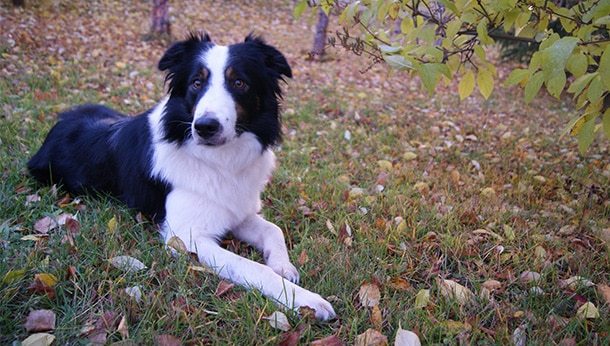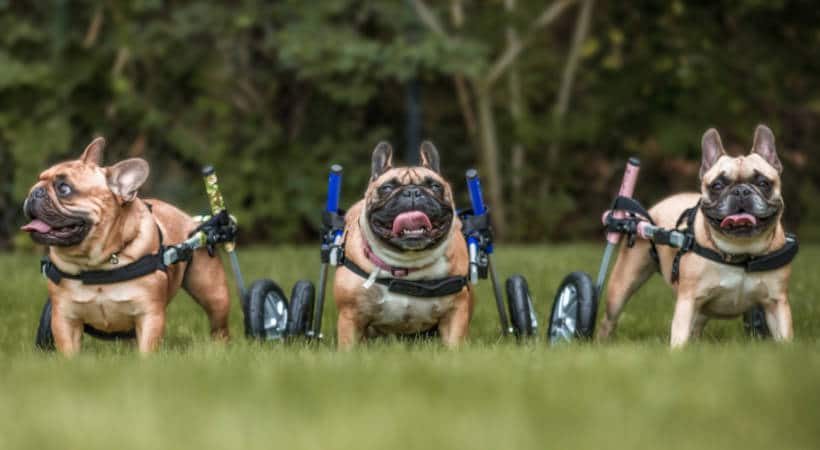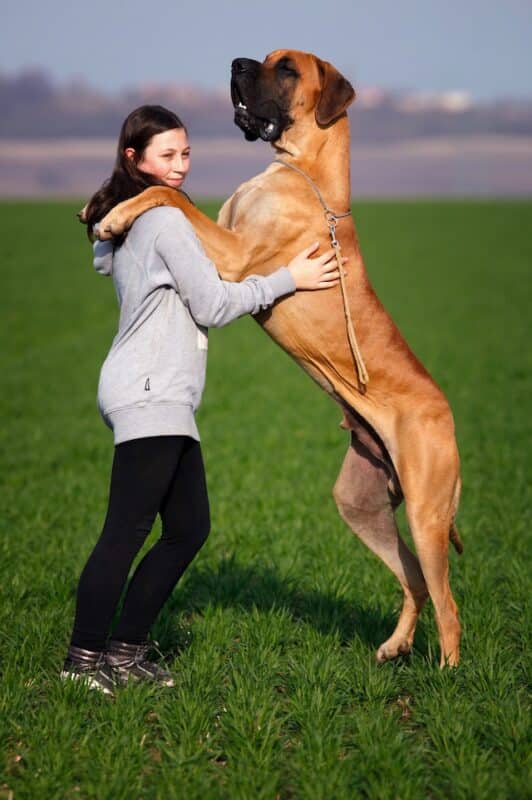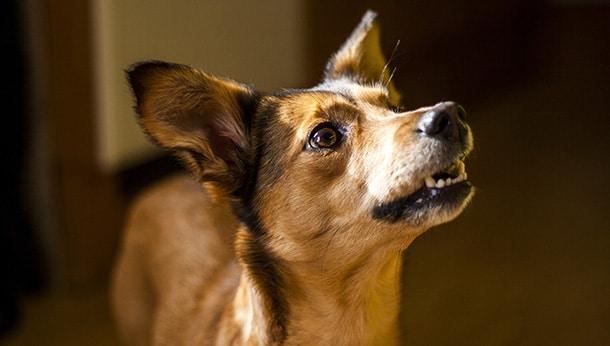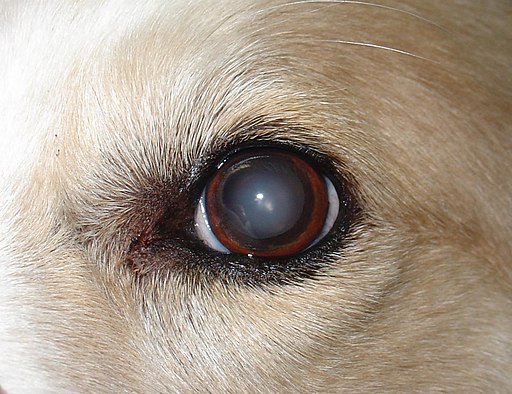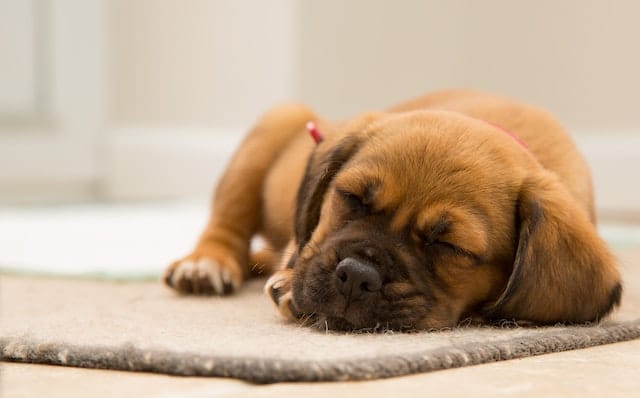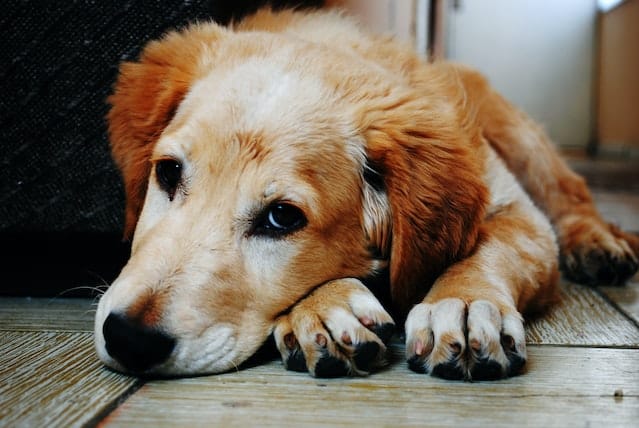In this blog post we’ll explore how much water dogs should normally drink in a day, the varying reasons for increased thirst, and more so keep reading.
How Much Water Should Dogs Drink Daily?
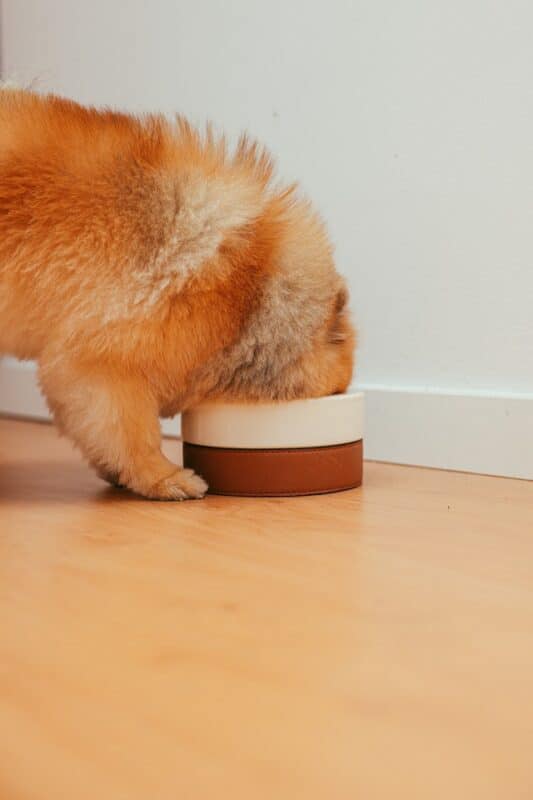
The general guidelines for water intake for dogs is roughly 1 ounce for every pound of body weight. So for example, a 45-pound dog should drink about 45 ounces of water a day, which translates between 5 and 6 cups.
Having said this, there are some benign reasons why a dog may naturally drink more or less than these guidelines recommend. As an example, very active dogs and nursing dogs will most likely drink more water, while those dogs that eat a wet food-only diet may drink less.
Dogs should always have access to clean water at all times, even overnight. Never deprive your dog of water unless your vet has specifically recommended you do so. For instance, it used to be a common practice to restrict access to food and water after 10PM for any dog who was having surgery the following morning. These days most vets will allow the pet to have full access to water overnight before a surgery.
Why Is My Dog Drinking So Much Water?
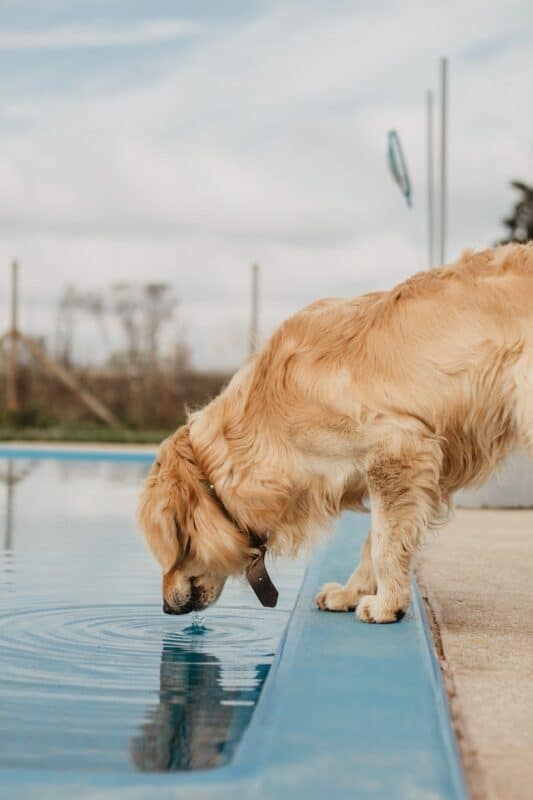
As we mentioned earlier, there are a variety of factors that can influence how much water your pup drinks. Here are some of the most common:
A Change in Diet
There are different reasons why a dog may have his food changed. Cost, a need to lose weight, a medical condition that requires a special food. For whatever reason, if you have recently changed your dog’s food from wet food to dry, this may certainly have increased his water intake.
Age
Water intake is greatly affected by the age of our pet. For instance, puppies tend to drink more water than middle-aged dogs because they are far more active and because their kidneys don’t quite concentrate urine well yet. Similarly, as dogs age they may begin to drink more. Sometimes this is a result of cognitive dysfunction, and other times it is due to a medical issue that is developing. Some of the most common medical issues that cause excessive thirst (and peeing) in dogs are:
Vomiting or Diarrhea
Sometimes when our pups develop GI upset, they can then have a bout of vomiting or diarrhea, and both can lead to dehydration, which will in turn cause the dog to drink more. Dehydration can become very serious very quickly, so if your dog has prolonged vomiting or diarrhea, you need to take them in to see your vet ASAP.
Hyperthermia or Fever
Whether your dog has an infection, pain, an immune-mediated response or heat stroke, an elevated body temperature can cause an increased thirst. Signs your dog may have a temperature are excessive panting, lethargy, rope-like saliva and cherry-red gums. If you see any of these signs, take your pup to the vet immediately.
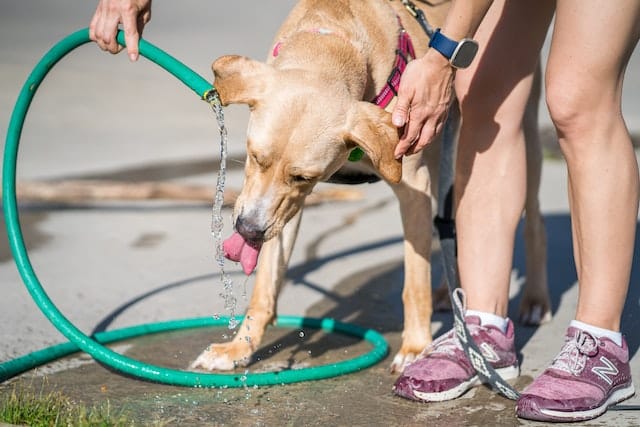
Kidney Disease
Kidney disease is a chronic and progressive medical condition whereby the kidneys become unable to filter waste products from the blood. As toxins increase in the bloodstream, they attract water to them, which leads to increased urination and thirst.
Diabetes
Dogs, like people, can develop diabetes, which is a disease where the pancreas doesn’t produce enough insulin or the body stops responding to the insulin produced. The effect is a rise in blood sugar levels. The body tries to eliminate the excess sugar through the urine, and the glucose takes the water with it. Increased thirst and urination is one of the first clinical signs of diabetes.
Should you notice this increase along with decreased appetite, lethargy and an abnormal smell to the breath (ketotic breath – a fruity smell), seek vet care immediately.
Cushing’s Disease
Cushing’s Disease is caused by the overproduction of cortisol, a stress hormone. This causes increased thirst and urination. Other signs of the disease are a pot-belly appearance, hair loss, increased hunger and panting.
Medications
Certain medications can cause increased thirst and urination in dogs. The most common medications to increase thirst are diuretics ( furosemide or torsemide), anti-seizure medications (phenobarbital), and corticosteroids (prednisone).
Boredom/Anxiety/Stress
Dogs will also drink more water when they are bored or feeling stressed or anxious about something. They also tend to drink more during the evening hours. Be sure to give your dog plenty of attention and take him on at least one walk a day to help him deal with any boredom or stress.
When to Take Your Dog to the Vet
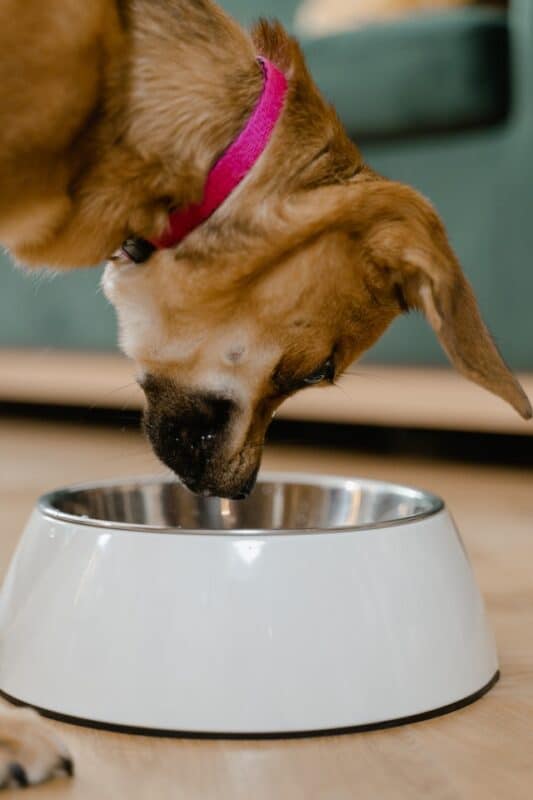
As you can see, sometimes an increase in drinking is caused by something benign and harmless and sometimes it is an indicator of something more serious going on. If your dog’s excessive thirst is paired with any of the following symptoms, your dog will need to be seen by your vet:
- Vomiting
- Diarrhea
- Lethargy
- Decreased appetite
- Severe panting
- Respiratory distress
- Ataxia or weakness
- Collapse
- Blood in the urine
- Straining to urinate
- General malaise
If you see any of these signs and it is after hours or the weekend, bring your dog in to the nearest emergency vet clinic immediately.
If your dog has an increased thirst but is otherwise acting normally – and by that I mean their appetite hasn’t changed, they are acting alert and have their usual energy, then it’s fine to schedule the earliest appointment with your own vet.
A Pet Insurance Plan Can Help You Keep Your Pup Healthy
You do everything you can to try and make sure your dog lives a long, happy and healthy life. Unfortunately, a sudden accident or illness can take us by surprise. Will you be able to afford treatment?
Pet insurance allows pet parents to provide their fur baby with the care they need without going into debt. Just read some of the amazing reviews and experiences pet parents just like you have shared with us.
Ready to enroll your pup? Get started by getting a free customized quote. It only takes 2 minutes.

